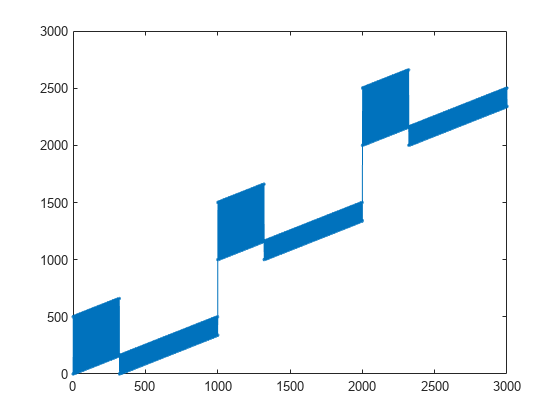nrRateMatchLDPC
Low-density parity-check (LDPC) rate matching
Description
out = nrRateMatchLDPC(in,outlen,rv,mod,nLayers)outlen for input data matrix
in. The input rv is the redundancy version,
mod is the modulation type, and nLayers is the
number of transmission layers. The internal buffer used for the soft input has no size
limits.
nrRateMatchLDPC includes the stages of bit selection and interleaving
defined for LDPC-encoded data and code block concatenation, as specified in TS 38.212
Sections 5.4.2 and 5.5 [1].
Examples
Input Arguments
Output Arguments
References
[1] 3GPP TS 38.212. “NR; Multiplexing and channel coding.” 3rd Generation Partnership Project; Technical Specification Group Radio Access Network.
